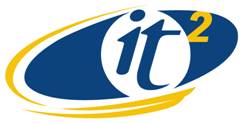|
Mission Statement
The main goal of our R&D
efforts is to design, develop and prototype highly
adaptive networks whose capabilities are constrained
only by fundamental limits in communications and
processing. Such an endavour requires an interdisciplinary
effort to develop a new collection of algorithms,
protocols and system methodologies that can deliver
on the service needed by dynamically extracting
and redeploying available resources. We have assembled
a group of investigators whose background and
expertise spans the range from embedded systems
design to network algorithms.
In addition, we are also undertaking
to establish, in partnership with our sponsor-
Ericsson, a new hybrid network testbed on the
UCSD campus. This testbed network, called Always
Best Connected (ABC), supports licensed as well
as unlicensed band technologies and provide a
way to test new solutions in a realistic setting.
The air interfaces supported in the testbed includes
802.11, General Packet Radio Service (GPRS), CDMA
2000 1XEVDO and Ethernet. The testbed includes
solutions for access discovery and access selection,
and also supports Authentication, Authorization
and Accounting as a service that is not coupled
with any particular air interface. Session level
mobility across multiple air interfaces as well
as novel ways of composing new services with predictable
service quality based on available access mechanisms
are also implemented on the testbed.
Our institute's vision is simple:
Extend the reach of the Internet throughout the
physical world by creating highly adaptive communication
networks and help this future Internet accelerate
advances in environmental science, civil infrastructure,
intelligent transportation and telematics, genomic
medicine, the new media arts, and educational
practices.
|
